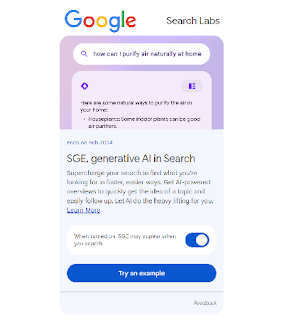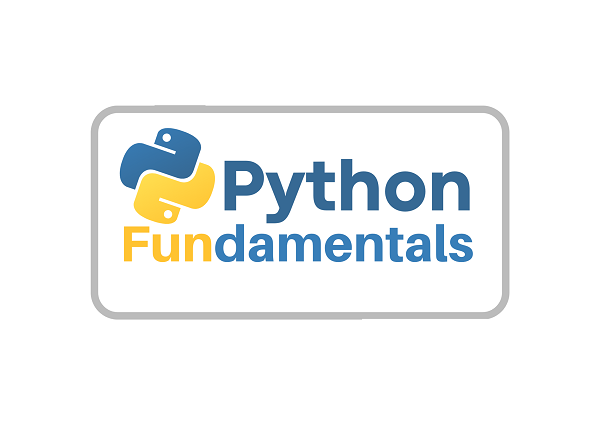What is the Role of Python in Artificial Intelligence? A Comprehensive Guide
Discover the important role of Python in artificial intelligence development. Learn how Python-based AI tools, libraries, and frameworks like NumPy, SciPy, Pandas, Scikit-learn, TensorFlow, Keras, and PyTorch are being used to create intelligent systems. Read on to understand how Python is becoming the go-to language for AI development.
Artificial Intelligence (AI) is transforming the world as we know it, and Python is becoming increasingly popular as a programming language used in AI. Python has a vast range of libraries and frameworks that make it easier to build AI-based applications. In this article, we will explore the role of Python in Artificial Intelligence and how it has become one of the most sought-after programming languages for AI development.
What is
Python?
Python is a high-level, interpreted programming language that has become popular in the world of AI. Python was first released in 1991. It is a powerful and versatile language that is easy to learn and use. Python's simplicity and ease of use make it an ideal choice for AI development. Python's popularity in AI is due to its rich collection of libraries, modules, and frameworks that make it easier to develop AI applications.
What is Artificial Intelligence?
Artificial Intelligence is a branch of computer science that focuses on the development of intelligent machines that can perform tasks that typically require human intervention. AI-based systems can learn from experience, recognize patterns, and make decisions based on data analysis. AI-based systems can be broadly classified into two categories: Machine Learning (ML) and Deep Learning (DL).
The Role of Python in Artificial Intelligence:
Python has become a popular programming language for AI development because of its simplicity, flexibility, and rich set of libraries and frameworks. The following are the key roles of Python in Artificial Intelligence:
i) Simplified
Syntax:
Python has a simple and easy-to-learn syntax that makes it easier for developers to write code for AI-based systems. Python code is more readable than other programming languages, making it easier to understand and maintain. Python's syntax is also similar to natural language, making it easy to learn for beginners.
ii) Large
Community of Developers:
Python has a large and active community of developers that regularly contributes to the development of libraries and frameworks. This community-driven development approach has resulted in a wide range of Python libraries and frameworks that support AI development.
iii) Libraries
and Frameworks:
Python has a vast range of libraries and frameworks that make it easier to develop AI-based systems. Some of the popular libraries and frameworks used in AI development are NumPy, SciPy, Pandas, Scikit-learn, TensorFlow, Keras, PyTorch, and Theano.
iv) Data
Processing and Analysis:
Python's libraries and frameworks enable developers to process and analyze large amounts of data quickly and efficiently. Data processing and analysis are critical in AI development, and Python's libraries and frameworks provide the necessary tools for developers to achieve this efficiently.
v) Machine
Learning and Deep Learning:
Python has become a popular language for Machine Learning and Deep Learning due to its simplicity and ease of use. Python's libraries and frameworks, such as Scikit-learn, TensorFlow, and Keras, provide developers with the necessary tools for building Machine Learning and Deep Learning models.
Steps to Use Python for AI Development:
Step 1. Install Python:
The first step to using Python for AI development is to install Python on your system. Python is available for download on the official Python website (python.org). Once you download and install Python, you can start writing code for AI development.
Step 2. Choose an IDE:
An Integrated Development Environment (IDE) is a software application that provides developers with the necessary tools for writing and debugging code. There are several IDEs available for Python, including PyCharm, Spyder, Jupyter, and Visual Studio Code.
Step 3. Choose a Framework or Library:
Python has
a vast range of libraries and frameworks that can be used for AI development.
You need to choose a framework or library that best suits your project's
requirements. Some popular frameworks and libraries are NumPy, SciPy, Pandas,
Scikit-learn, TensorFlow, Keras, PyTorch, and Theano.
NumPy: NumPy stands for Numerical Python
and is a library that is used for performing scientific computing with Python.
It provides support for multi-dimensional arrays and matrices, as well as a
range of mathematical functions.
SciPy: SciPy is an open-source Python
library that is used for scientific computing and technical computing. It
provides functions for optimization, integration, linear algebra, and more.
Pandas: Pandas is a popular Python library
used for data manipulation and analysis. It is built on top of NumPy and
provides data structures like data frames and series.
Scikit-learn: Scikit-learn is a machine learning
library built on top of NumPy and SciPy. It provides a range of machine
learning algorithms like clustering, regression, and classification.
TensorFlow: TensorFlow is an open-source
machine learning library developed by Google. It is used for developing and
training machine learning models, and it provides support for deep learning
algorithms.
Keras: Keras is a high-level neural
networks API that is written in Python. It is built on top of TensorFlow and
provides a user-friendly interface for building and training deep learning
models.
PyTorch: PyTorch is an open-source machine
learning library that is used for developing and training deep learning models.
It provides support for GPU acceleration and is popular for its dynamic
computational graph.
Theano: Theano is a Python library that is used for numerical computation, specifically for deep learning algorithms. It is optimized for GPU computation and provides support for symbolic differentiation.
Step 4. Start Coding:
Once you have chosen a framework or library, you can start coding your AI project in Python. It is important to have a good understanding of the syntax and basic concepts of Python to develop a successful AI project. Some important concepts that you should know include data types, control structures, functions, and object-oriented programming.
Step 5. Test and Evaluate:
After coding your AI project, it is important to test and evaluate its performance. You can use testing frameworks like PyTest to automate the testing process and ensure that your project is working as expected. Additionally, you can use performance metrics like accuracy, precision, and recall to evaluate the performance of your AI project.
Conclusion:
Python is
an essential language for artificial intelligence development. It provides a
range of libraries and frameworks that can be used for developing and training
AI models, and its syntax and flexibility make it a popular choice for AI
developers.
By
following the steps outlined in this article, you can get started with
developing your own AI project in Python. Remember to choose the right
framework or library, understand the basics of Python syntax, and test and
evaluate your project to ensure its success.




Comments
Post a Comment